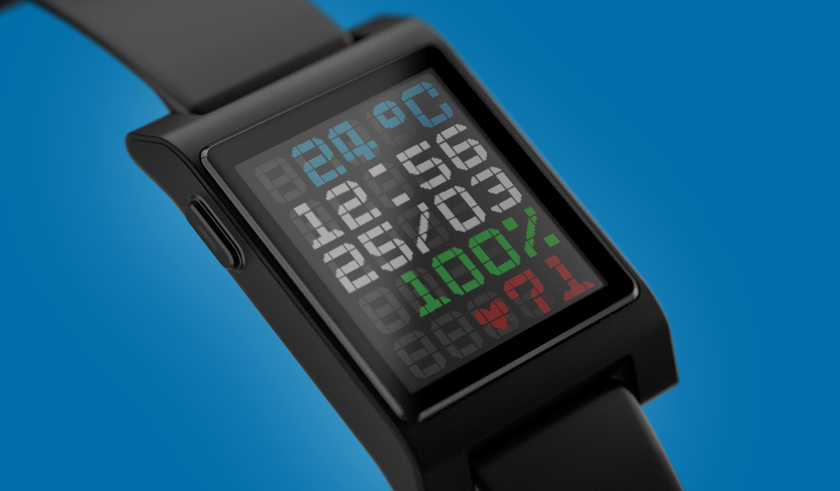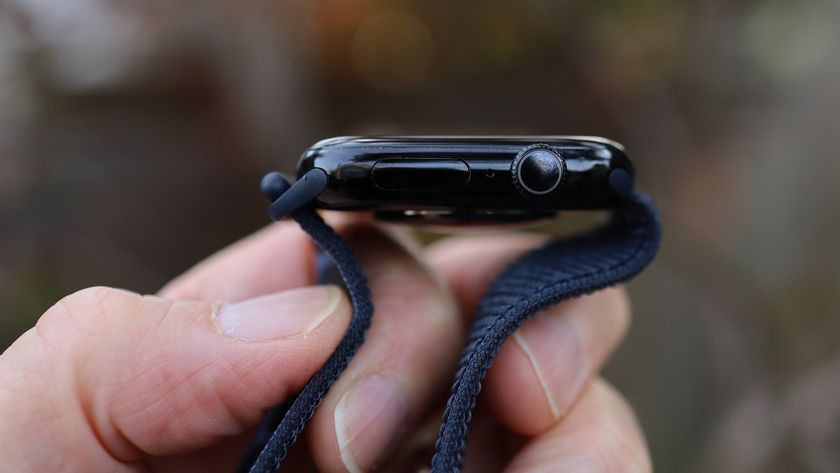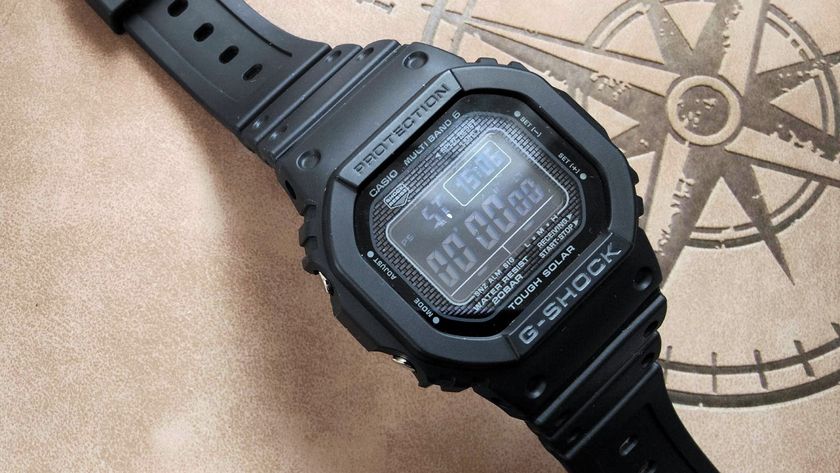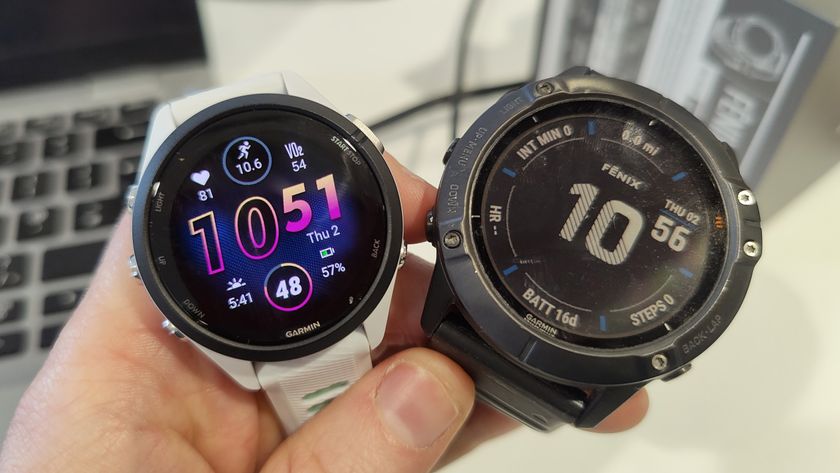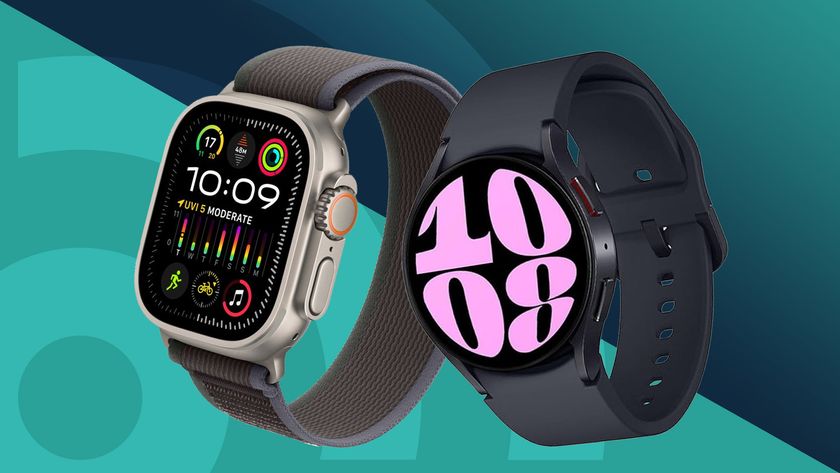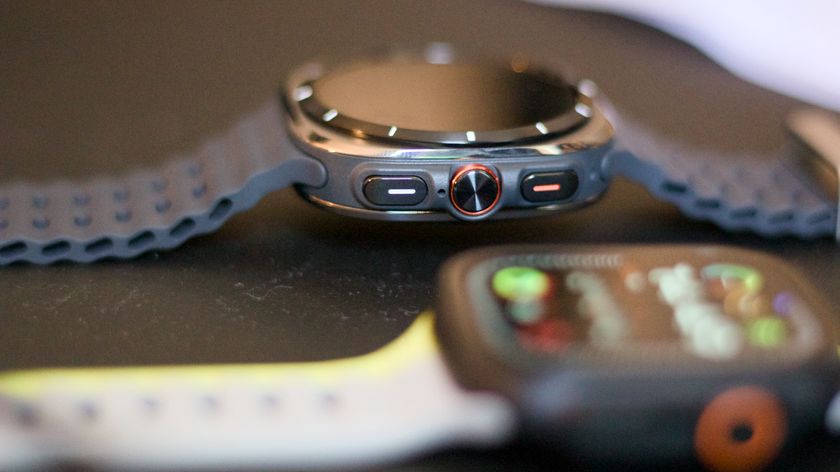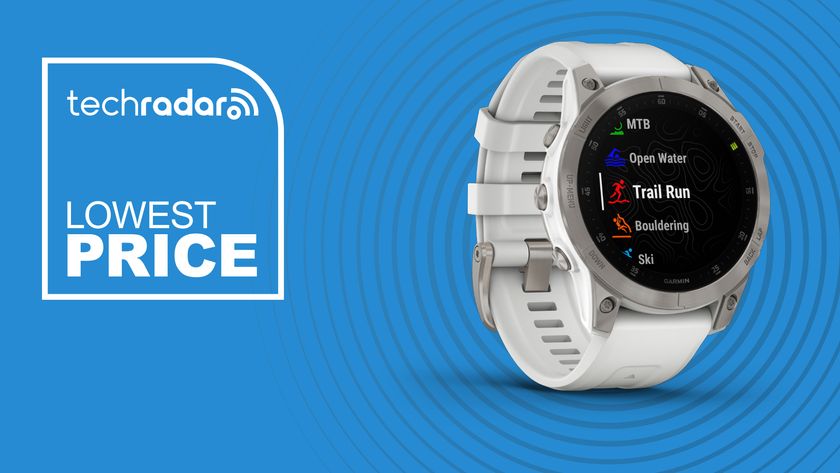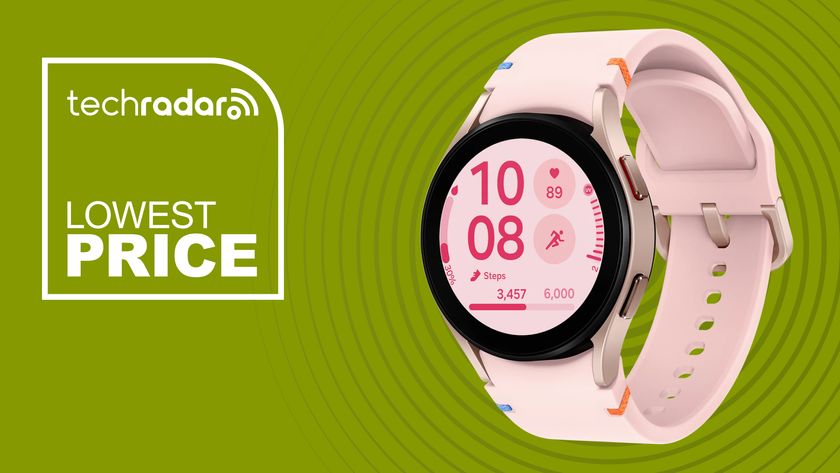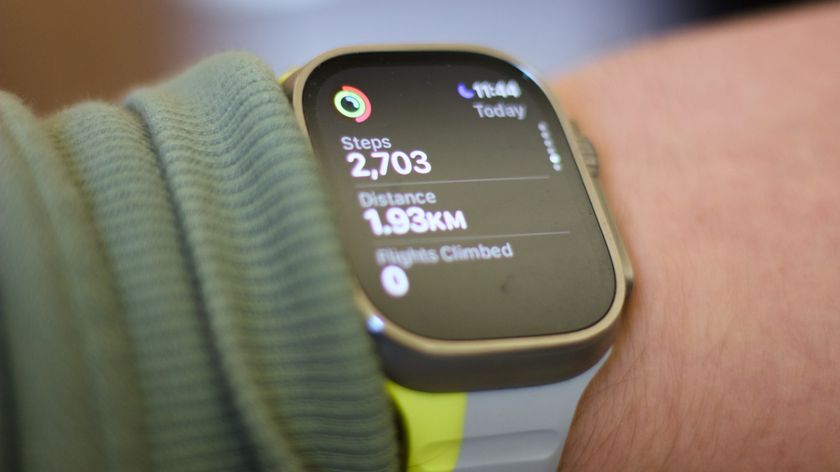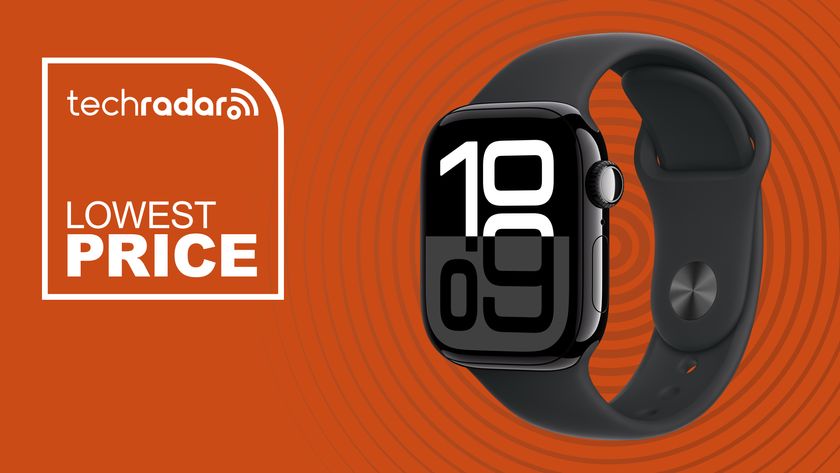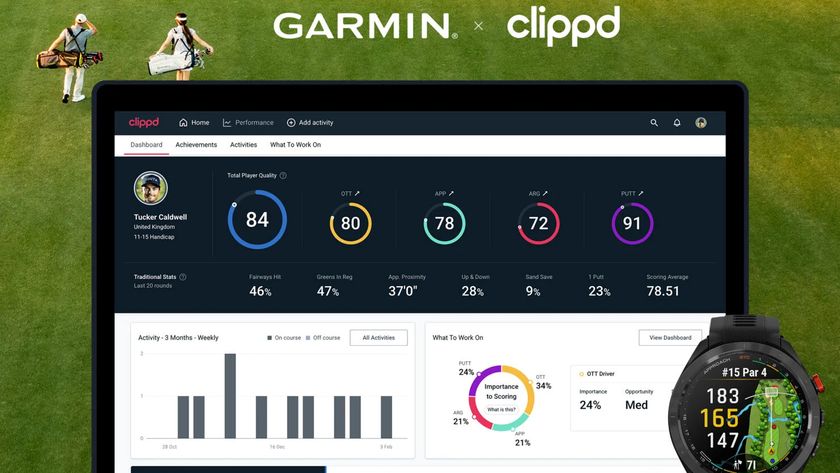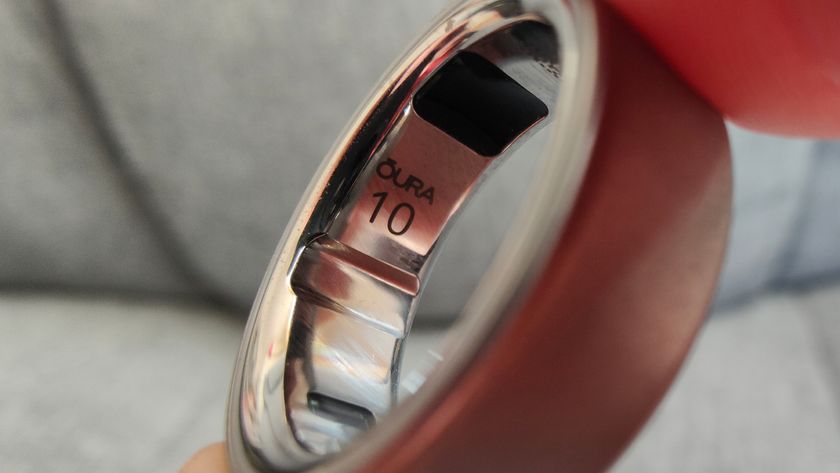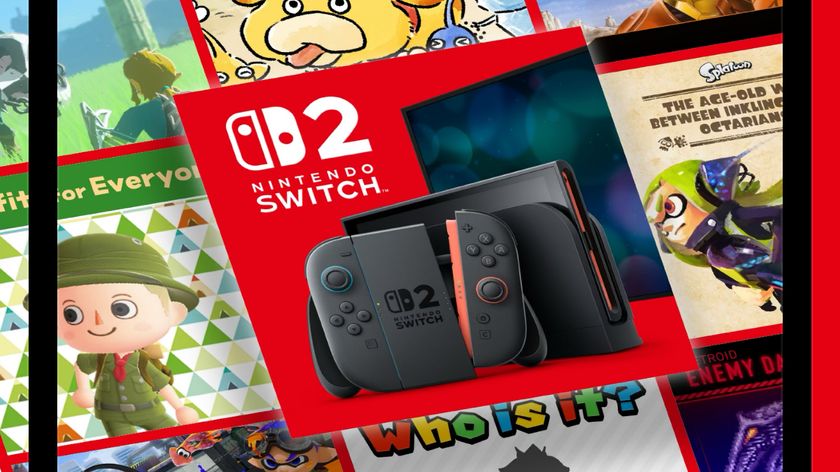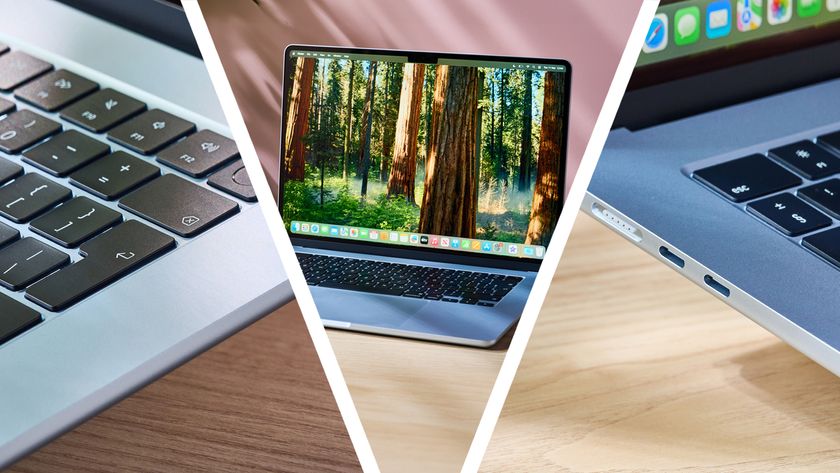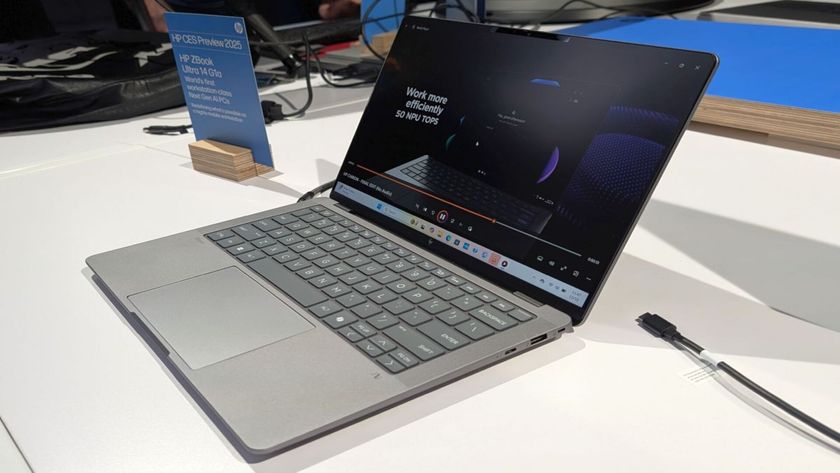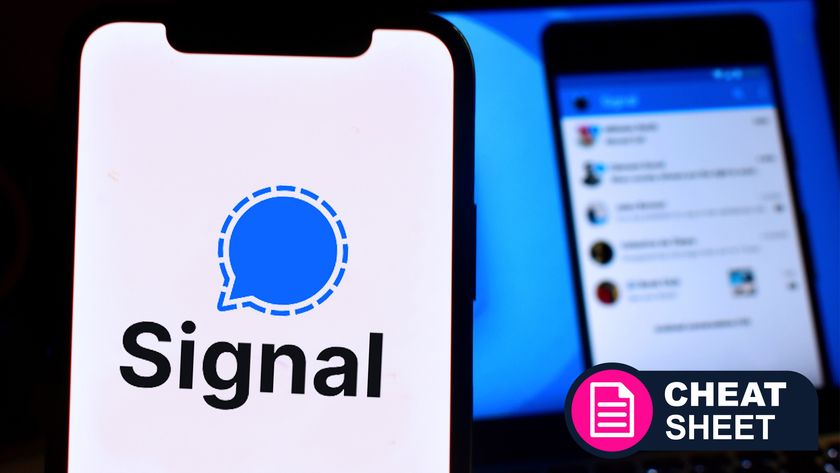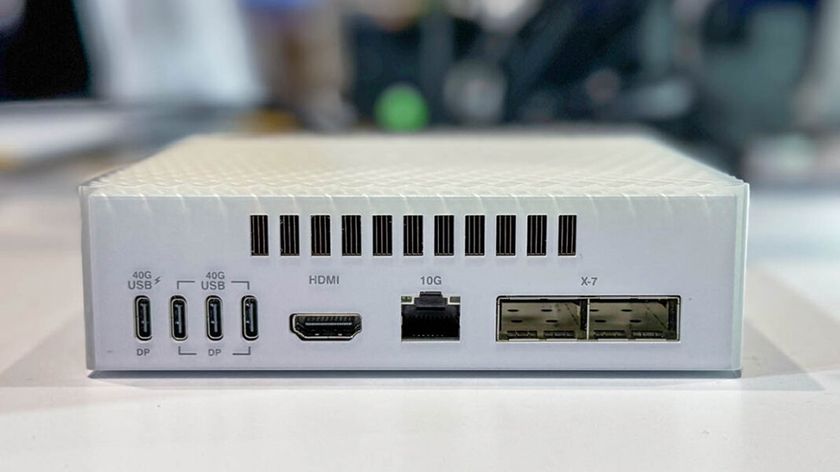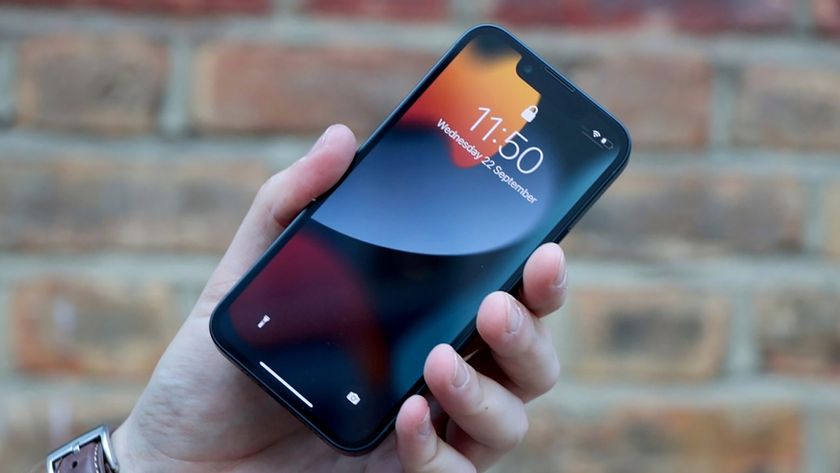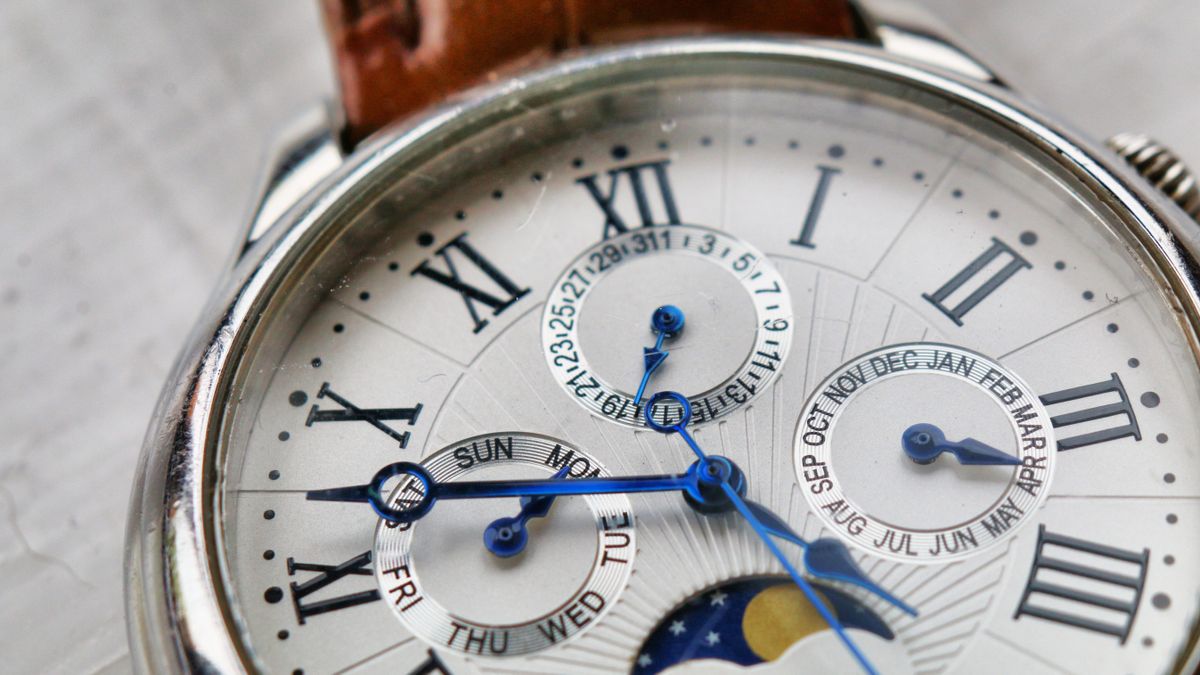
It’s not often that Conor McGregor inspires the writing of a tech article. Typically brash and expletive-laden, the exploits of Ireland’s maverick martial artist are usually best left to the disposable pages of the tabloids. But seriously, did you *see* his latest watch?
Supposedly a bejewelled representation of the night sky, McGregor’s $1million (£740,000) timepiece is cut from a 288-facet spherical diamond and reflects every ray of incoming light, illuminating the night sky of its glass dome. Honestly, it looks like the Golden Compass on steroids.
A post shared by Conor McGregor Official (@thenotoriousmma)
A photo posted by on
McGregor can do what he pleases with his inordinate wealth, but his latest display of extravagance got me thinking about watches. Namely the smart and not-so-smart variety. As I sit writing this, I’m minded to think about the whole point of a watch. What makes the perfect horological companion? “A fine balance between design and function” is probably the textbook answer, but everyone’s got their preferences.
I also take a look down at my own wrist and think about how to spend the next few hundred words justifying the purchase of a piece of kit I saved many, many years for; the labour of various birthday contributions, try-scoring weekends, hours spent lifeguarding at the local pool and even my first professional paycheck. Not for anything sensible like a high-end PC or a new car, mind, but for what is essentially a 35mm stainless steel box with two bits of leather attached to either side — and all it does is tell the time.
It’s almost embarrassing to admit, as a technology writer, that this is all it does. It doesn’t even have a date window. In the age of neatly-packaged heart monitors, day-planners, mobile phones and sat-navs designed to sit smartly on even the smallest wrists, an overpriced time-teller doesn’t seem the most shrewd acquisition for a journalist with a responsibility to keep up with the latest and greatest gadgets. What’s more, it doesn’t even do that basic function particularly well — have you ever tried reading black roman numerals in the dark? The point being, it’s as far from an Apple Watch 6 as you could get; less Elon Musk and more Jay Gatsby.
Of course, that’s not all a simple wristwatch does. Not really. Sure, they tell the time. But they also do what pretentious chrono-heads say every good watch should do — they tell a story. They’ve got a history, a lineage, a Batman-worthy origin tale. They’ve got film credits, famous owners, and a refreshing simplicity that reminds you of what once was deemed groundbreaking technology. They don’t have the bells and whistles needed to alert you to hydrate during a marathon or see a doctor when your blood pressure increases, but good, old-fashioned timepieces are the reason why smartwatches won’t ever take over the world. They’re invulnerable to progress.
It might seem odd to find a smartwatch-bashing article on a smartwatch-loving website, but in fact you haven’t found that at all. Smartwatches are increasingly stylish and frequently awesome bits of tech. Look no further than our Apple Watch, Fitbit and Garmin roundups for a sense of the acclaim we often bestow upon the latest wearable devices — they’re durable, genuinely smart in more ways than one and represent a rapidly-developing industry which sees millions (and millions) of consumers pick up smartwatches every year. Hell, some of them are practically laptops for the wrist.
Get daily insight, inspiration and deals in your inbox
Sign up for breaking news, reviews, opinion, top tech deals, and more.
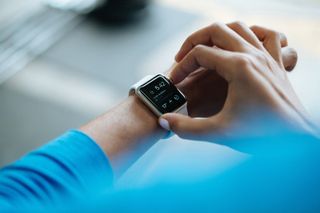
Smartwatches are versatile, stylish and a relatively inexpensive way to instantly augment your life towards quicker and easier communication, better health and seamless synergy between you and your various other day-to-day devices. But unlike how cell phones replaced the telephone and music streaming condemned CDs to the grave, smartwatches still haven’t kicked wristwatches to the curb. And they won’t any time soon.
Most developments in technology will eventually forcibly replace their predecessors — that is, of course, the point of technology. We’ve seen it happen in industries the world over for hundreds of years, from filmmaking and photography (the jump from film to digital) to telephones and computers (these days, both play second fiddle to smartphones). If a new product delivers a result quicker and more easily than a previous version, the latter becomes outmoded. Take trains as an example. Nobody operates coal-powered steam trains anymore because there’s no benefits to be gained from doing so. Newer trains are just, well, better. The sentimentality of quaint, fudge-selling railway stations isn’t enough to justify the maintenance of a slow, environmentally-damaging mode of transport.
Inevitable technological developments also occur when the domain — the playing field — of a particular product changes. It’ll happen, eventually, with conventional automobiles. Sure, there’ll be a whole load of people who would rather hold on to their manual-gearboxes and desperately hope to preserve the authentic driving experience — it’s something that happens even now, with some folk only driving classic cars — but what happens when highways move into the sky and fuel disappears completely in place of electricity, hydrogen or another lean, clean energy source? The point being, consumers will be forced to move with technology as the machines of the past no longer maintain a place in the world. In 2083, how could you still hope to drive a car from this generation if the future goes all Blade Runner on us?
And yet, I’d wager the Rick Deckard’s of the future will still be sporting conventional wristwatches. While VCRs, record players and even roads get lost to history, the (hopefully) undeviating nature of the human wrist means it’s unlikely traditional watchmaking will get left behind.
Consider the advent of the first wristwatch. In 1904, Alberto Santos-Dumont, an early Brazilian aviator, asked his friend, a French watchmaker called Louis Cartier, to design a watch that could be useful during his flights. 117 years later, the design of the Cartier Santos remains almost identical to that worn by the pilot prior to the First World War. I’m straining to think of another technology that can boast such permanence.
Only letter-writing comes to mind as a useful comparison. People still hand-write cards and letters (albeit less frequently) despite the ease of email and instant messaging because the process requires care and attention, therefore the words enclosed carry greater meaning when they reach their intended recipients. The words aren’t just words, per se, but something more human.
The same is true of watches. Many are still built by hand using manufacturing processes that haven’t changed in over a century, and so represent the product of someone’s skill and labour. They’re often passed down from generation to generation because they signify a piece of history — if you’ll allow the wordplay, they immortalise a moment in time. Mine, I hope, will last long after I’m gone. It will remind me of my first jobs, the time it took to pick out, the family members who helped along the way and those who are no longer around to tell their stories. It will remind me of the troublesome year in which it was bought and the craftsmen of a by-gone generation who first conceived its design. It’s an homage to the past and, one day, to me.
As easy as an Apple Watch makes calling a friend or taking an ECG, it’s not something worth putting in a box for your grandchildren. Perhaps, in a hundred years, when cars are flying above our heads and robots roam the streets, we’ll look back on today’s smartwatches with the same misty-eyed nostalgia as we do yesterday’s wristwatches — but I’m not convinced. Planned obsolescence means most smartwatches are abandoned as quickly as their flashier counterparts are introduced, left lifeless, out of juice and in need of software updates that won’t ever come. Will we remember the day Apple put a temperature sensor on our wrists? Only time will tell, I guess.
- The best wearables you can buy today

Axel is TechRadar's UK-based Phones Editor, reporting on everything from the latest Apple developments to newest AI breakthroughs as part of the site's Mobile Computing vertical. Having previously written for publications including Esquire and FourFourTwo, Axel is well-versed in the applications of technology beyond the desktop, and his coverage extends from general reporting and analysis to in-depth interviews and opinion. Axel studied for a degree in English Literature at the University of Warwick before joining TechRadar in 2020, where he then earned an NCTJ qualification as part of the company’s inaugural digital training scheme.
